Best Stainless Steel Wine Cabinet for Home
As wine culture continues to flourish globally, more homeowners are investing in proper wine storage solutions to preserve the flavor, aroma, and quality of their collections. While wooden wine cabinets remain a classic choice, stainless steel wine cabinets have gained popularity for their durability, sleek modern design, and precise temperature control. Selecting the right wine cabinet for your home, however, is not just about aesthetics; it requires careful consideration of storage capacity, temperature management, humidity control, bottle flexibility, and integration with your living space.
This comprehensive guide will walk you through everything you need to know to choose the best stainless steel wine cabinet for your home, ensuring both functionality and style.
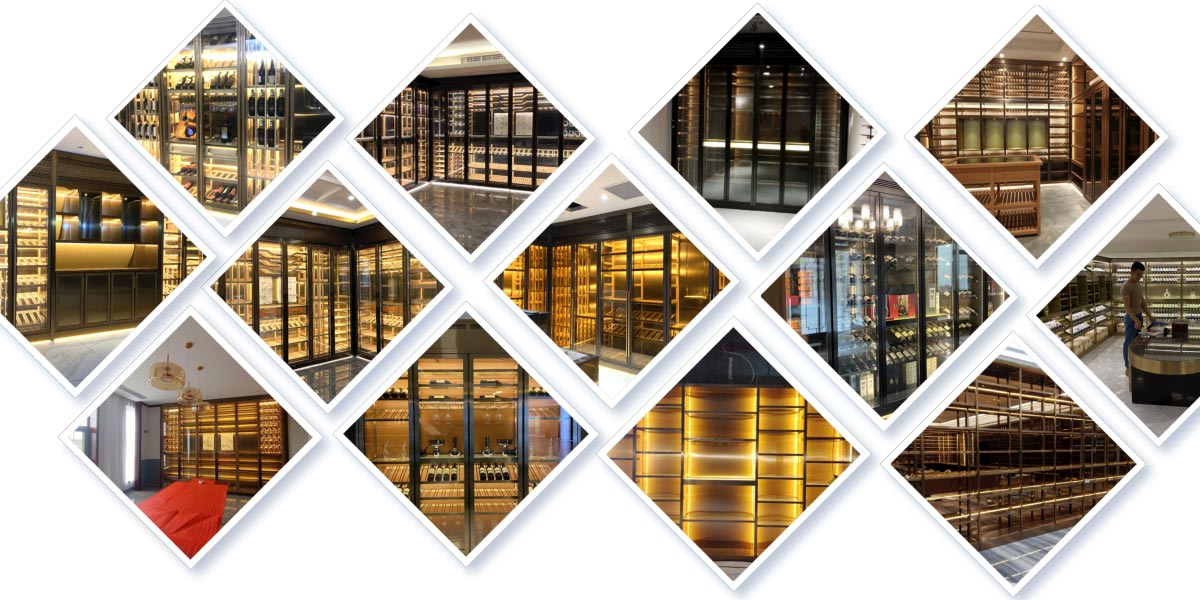
1. Determine Your Storage Capacity Needs
The first step in selecting a wine cabinet is assessing how many bottles you currently own and how much you plan to expand your collection in the future. Wine cabinets are generally categorized by bottle capacity:
Small Collections (12–50 bottles): Ideal for casual wine drinkers or those just beginning a collection. Compact under-counter units are perfect for kitchens, apartments, or small dining areas.
Medium Collections (50–150 bottles): Suitable for serious collectors or small home bars. These cabinets often include dual-zone temperature control to preserve both red and white wines at optimal conditions.
Large Collections (150+ bottles): Recommended for advanced collectors who need space for multiple wine types, aging, and long-term storage. Large stainless steel cabinets often feature customizable shelving, modular designs, and advanced humidity control.
As a general rule, it’s wise to select a cabinet with 20–30% more capacity than your current collection to accommodate future growth without compromising storage conditions.
2. Temperature Zones: Single vs. Dual
Temperature control is critical for preserving the quality of wine. Different wines have specific storage requirements:
Red wines generally age best at 12–18°C (54–65°F).
White and sparkling wines thrive at cooler temperatures around 8–12°C (46–54°F).
A single-zone cabinet maintains one consistent temperature and is suitable if you primarily store one type of wine.
A dual-zone cabinet allows you to store reds and whites simultaneously under optimal conditions. Some high-end stainless steel wine cabinets even offer multi-zone climate control, perfect for collectors with diverse selections. Look for digital temperature controls for precise adjustments and consistent regulation.
3. Humidity Control: Protecting Your Wine
Temperature alone is not enough to preserve wine. Humidity control is equally important, particularly for long-term storage. Ideally, a wine cabinet should maintain relative humidity between 60–75% to prevent corks from drying out, which could allow air into the bottles and spoil the wine.
Modern stainless steel wine cabinets often include built-in humidity regulation systems that maintain optimal moisture levels. Premium models may provide real-time monitoring and allow users to track conditions through smart apps, ensuring that wine ages perfectly over time.
4. Bottle Flexibility and Adjustable Shelving
Wine bottles come in a variety of shapes and sizes, from standard Bordeaux bottles to larger formats like magnums or Burgundy bottles. Choosing a cabinet with adjustable or removable shelving ensures flexibility for storing different bottle types without wasting space.
Stainless steel wine cabinets may feature telescopic wooden or metal shelves, soft-close mechanisms to reduce vibrations, and configurations that can be modified as your collection evolves. This adaptability maximizes storage efficiency while protecting your wines from unnecessary movement.

5. Built-In vs. Freestanding: Integration and Style
The choice between built-in and freestanding stainless steel wine cabinets depends on your home layout and design preferences:
Built-in Cabinets: These fit seamlessly into kitchen cabinetry, islands, or bar areas, offering a sleek, integrated look. Ideal for modern kitchens or home bars, built-in units maximize aesthetics and often increase property value. However, they require professional installation and are less flexible if you move or remodel.
Freestanding Cabinets: Standalone units can be placed anywhere with sufficient ventilation. They are flexible, easy to install, and can be relocated if necessary. Freestanding cabinets are perfect for living rooms, wine cellars, or open-plan areas, though they may occupy more floor space and appear less integrated.
Consider the design of your home and whether you want your wine cabinet to blend seamlessly or serve as a focal display piece.
6. Smart Features and Modern Innovations
In 2025, many stainless steel wine cabinets come with advanced technology to enhance convenience and wine preservation:
Wi-Fi Connectivity: Monitor and adjust temperature and humidity remotely.
Touchscreen Controls: Provide precise, intuitive operation.
Vibration Reduction Systems: Minimize movement that can affect aging.
UV-Protected Glass Doors: Prevent light exposure that may degrade wine quality.
These features transform a wine cabinet from a simple storage solution into an intelligent system that actively safeguards your collection.
7. Aesthetic Appeal and Presentation
A wine cabinet is no longer just functional — it’s often a design centerpiece in homes. Stainless steel cabinets can elevate the look of any space:
Minimalist designs offer a professional and timeless appearance.
Glass-fronted models allow you to showcase your collection elegantly.
Custom lighting and finishes can create a luxurious atmosphere for entertaining guests.
Selecting a cabinet that balances style and storage ensures your wines are both preserved and displayed beautifully.
Final Tips for Homeowners
Measure carefully: Ensure your chosen cabinet fits the available space and allows for proper ventilation.
Plan for the future: Buy slightly larger capacity to accommodate collection growth.
Check energy efficiency: Modern compressors and insulation reduce electricity costs.
Consider noise levels: Especially important if installed in living spaces.
Meslier — Trusted Stainless Steel Wine Cabinet Manufacturer
For homeowners seeking the perfect blend of style, durability, and advanced functionality, Meslier stands out as a leading manufacturer of stainless steel wine cabinets. Specializing in both built-in and freestanding solutions, Meslier combines precision engineering, premium materials, and modern design to create wine cabinets that protect and showcase collections beautifully.
From compact under-counter units for home kitchens to large-scale custom cabinets with multi-zone climate control, Meslier offers customizable shelving, smart temperature and humidity regulation, and sleek stainless steel finishes. With a focus on innovation, durability, and aesthetics, Meslier ensures that every cabinet enhances your home while providing optimal wine storage conditions.
Conclusion
Choosing the best stainless steel wine cabinet for your home involves more than picking a size or design — it’s about creating the ideal environment for your wines to age gracefully. By carefully considering capacity, temperature zones, humidity control, bottle flexibility, and style integration, you can select a cabinet that preserves your collection and complements your living space. With a trusted manufacturer like Meslier, you’re guaranteed a high-quality, durable, and elegant solution that elevates both your wine experience and home décor.
Hot News
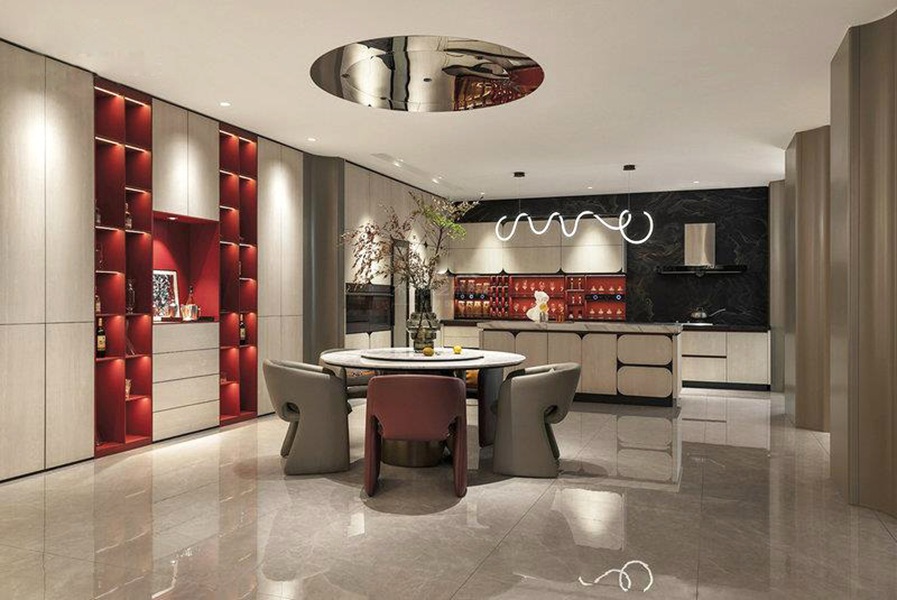
Stainless Steel Cabinets vs. Wood Cabinets: Which is the Better Choice for Your Kitchen?
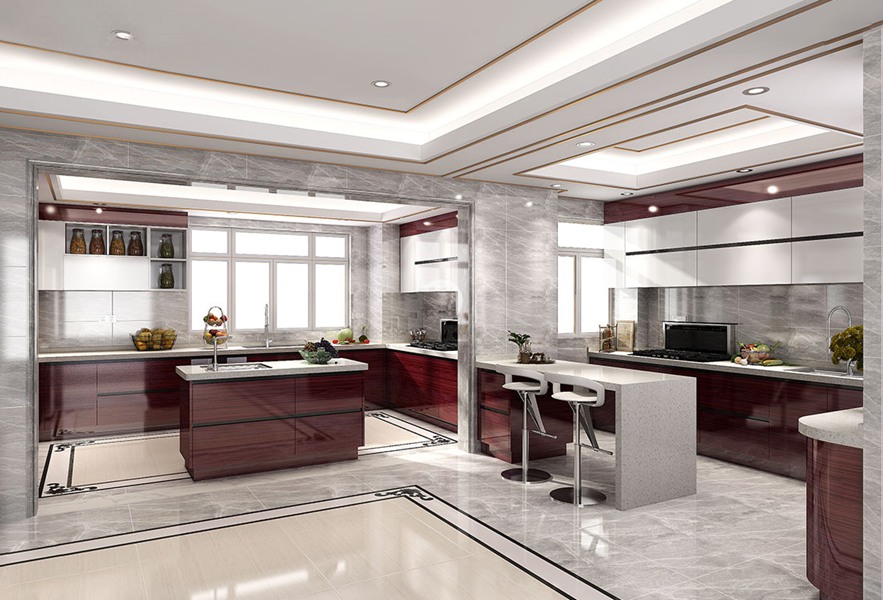
Minimalist Kitchen Design: How Stainless Steel Cabinets Fit the Trend

Creative Uses of Stainless Steel Wall Niches in Contemporary Interiors

Stainless Steel vs. Wooden Wine Cabinets: Pros & Cons

Glass Door vs. Solid Door Stainless Steel Wine Cabinets: What’s Best?
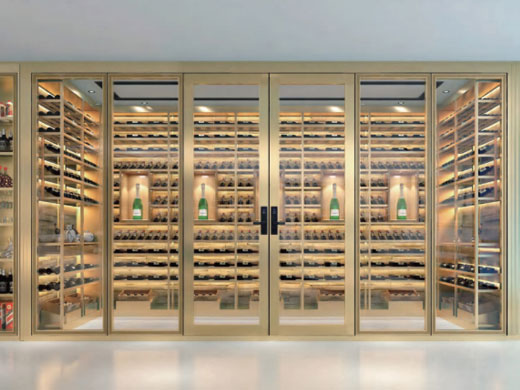
High-End vs. Budget-Friendly Stainless Steel Wine Cabinets: A Buyer’s Guide
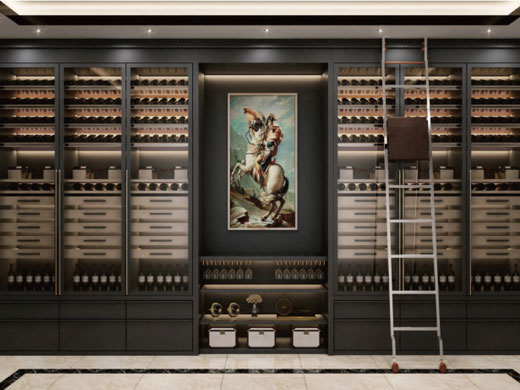
Top Features to Look for in a Stainless Steel Wine Cabinet







